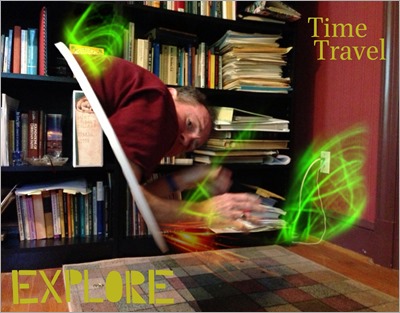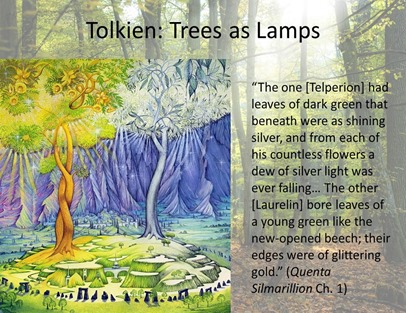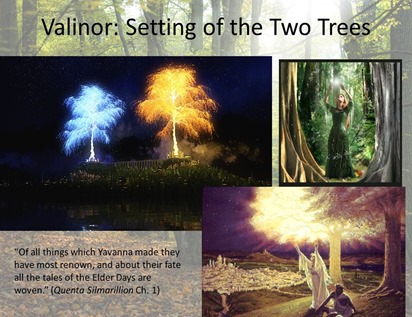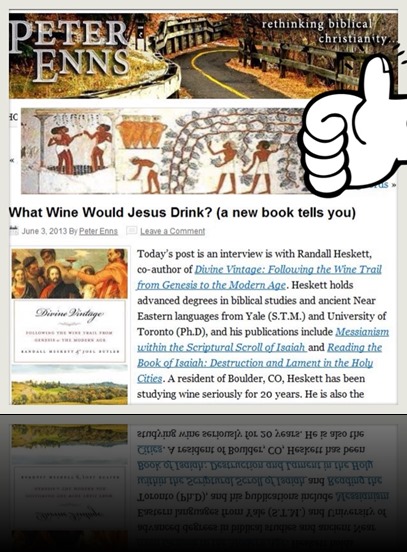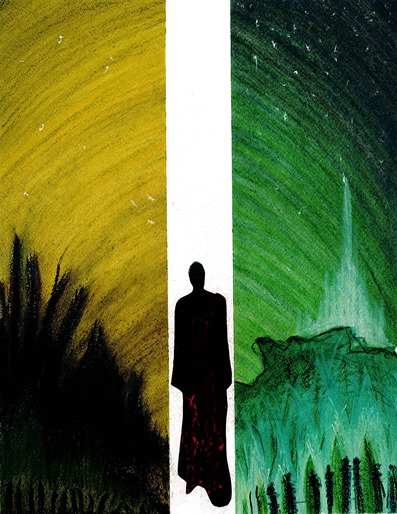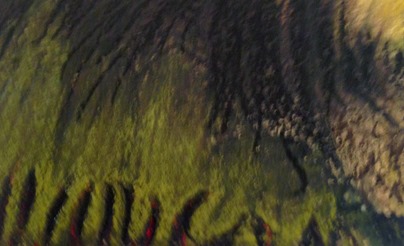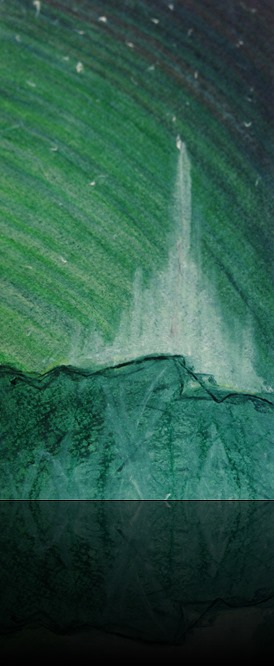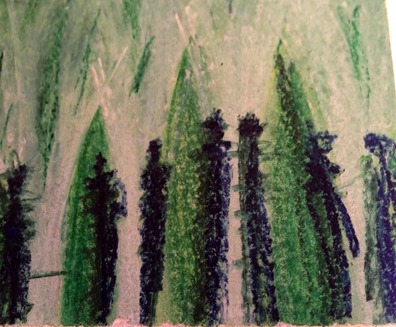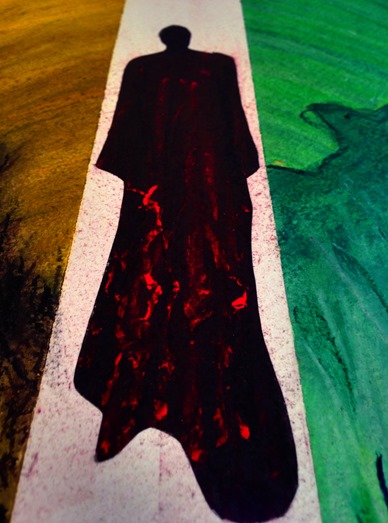Glass Art: Jeremiah 17:5-10
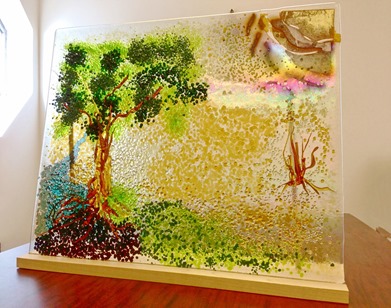
In the image below, the artwork is illuminated from behind from natural window light. On the table are some of the Hebrew words that influenced Teresa as she created the glass. The blessed tree (Jer 17:8) occupies the left part of the pane. To the right, the scorching sun in the upper corner bears down on the cursed bush in the stony wastes of the wilderness (Jer 17:6). Teresa imagines the withering shrub having very shallow roots and lacking any green leafs. The images of Jer 17 parallel the wisdom motifs of Psalm 1, but in Jeremiah reverberate strongly with the “two ways” of the Sinai covenant (e.g., Deut 30:15) and the covenant’s blessings and curses (see Deut 28).
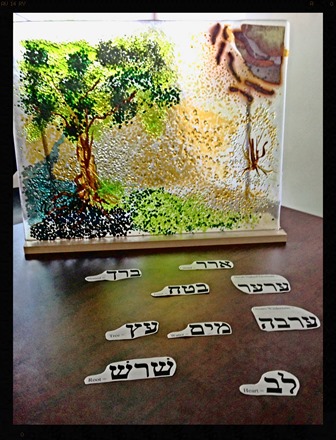
The image below is a detail shot of the strong root system of the blessed tree (Jer 17:8). Teresa writes, “This tree had very deep roots, signifying a great foundation and source of strength. These roots were seeking and finding the nurturing water of life.”
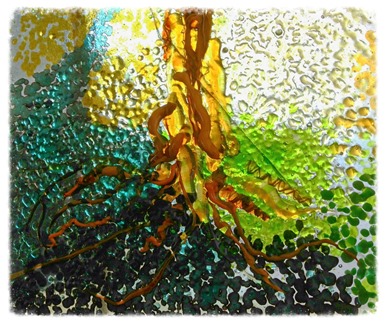
The angle shot in the close-up image below reveals the detail and 3-D quality of the healthy root system of the blessed tree. The effect is created with variously colored rods of glass and glass frit, which Teresa manipulated in the flame of a torch.
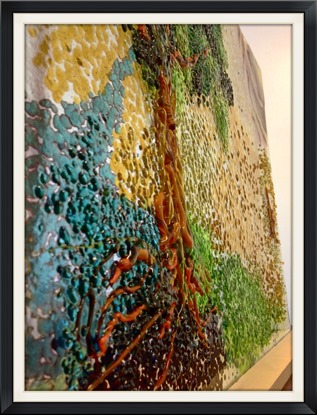
The image below hones in on the marvelous fruitfulness of the blessed tree. Teresa writes of “a tree of fullness, always green, always bearing fruit even in the heat and uncertain conditions of the wilderness.” She used glass frit to “paint” the foliage of the tree, which was fused to the work in the second, final firing schedule.
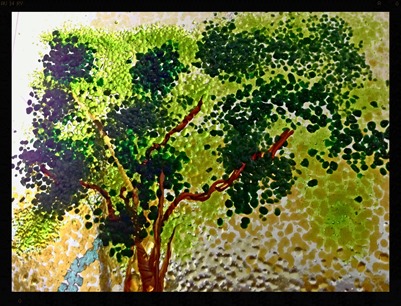
The detail image below shows the scorching sun in the upper right of the artwork. It is made with silver foil incorporated right into the molten glass layers. The sun burns over a “land of salt without inhabitant” (Jer 17:6), again an image in dialog with the gripping language and Sinai theology of Deuteronomy (Deut 29:23).
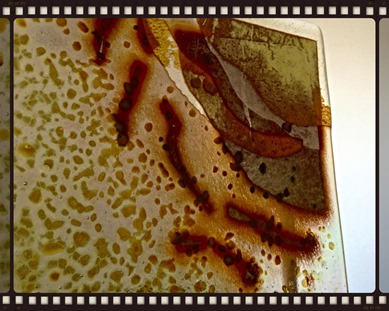
Below, in the final detail image, you can see the sun area of the artwork viewed from the rear. This angle reveals well the three-dimensional, multi-layered quality of the artwork. The foundation layers of the work were fired and fused together in the kiln in a complex process of varying the heat intensity over 12 hours. The final 3-D appearance of the work required a second firing schedule that took over 18 hours.

Please comment by clicking below.

